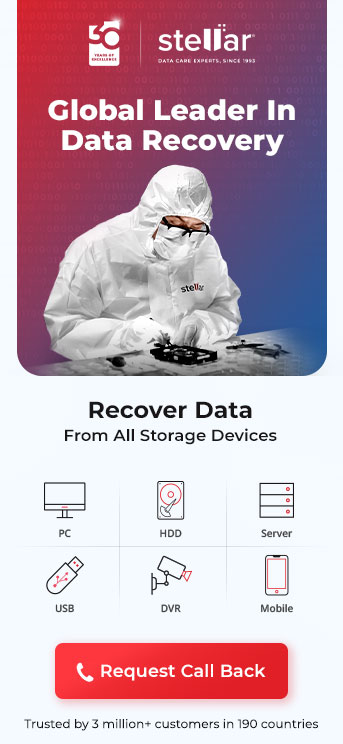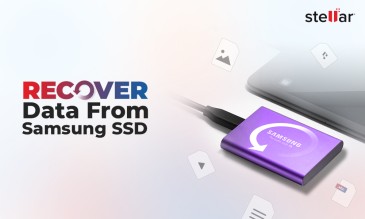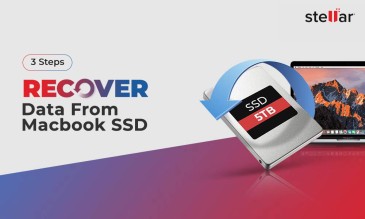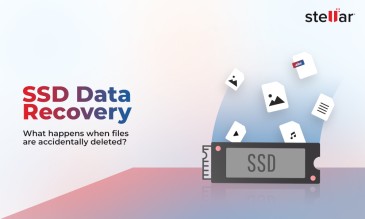The nature of computing storage has changed in the past few years. For decades, we have been used to hard disks.
Hard disks have always been fragile. That’s particularly because of the many moving parts inside. There’s a high-speed motor and a read-write head suspended 3 µm above the platter.
Over the last decade, SSDs or solid-state drives have gradually replaced them. SSDs are faster and more robust (because they do not have any moving parts).
They have billions of transistors and use flash memory technology (also used
by USB drives).
Also Read: Solid-state drives are future of storage technology.
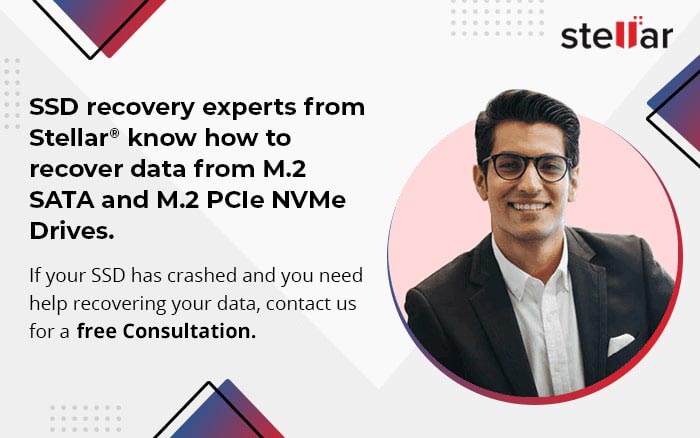
The Emergence of NVMe Technology
NVMe SSDs have further revolutionised personal and office computing. NVMe stands for nonvolatile memory express.
NVMe is an interface or a bus that allows blazing-fast speeds up to 6 GB/s under ideal conditions. Even the less expensive ones can read and write at 2 GB/s.
NVMe technology is gradually replacing SATA, which has been the standard data bus for about a decade. It uses the PCIe connection protocol that offers full-duplex (two-way simultaneous data transmission) compared to the half-duplex of
SATA.
SATA employs the older AHCI or Advanced Host Controller Interface that is too slow for modern machines.
Most NVMe SSDs have a new form factor known as M2. The new type of SSD is bar-shaped with memory chips on either side and an edge connector at the end. NVMe M2 SSD usually measures 22 mm x 80 mm (though the length can vary from 30 to
110 mm).
Why Do NVMe SSD Drives Fail?
There are several reasons NVMe SSD drives fail. There was a feeling of optimism a few years back that since an SSD has no moving parts, the SSD hard drive might end up lasting a decade.
Not unfounded, since RAM sticks often work at least a decade before they quit.
But recent evidence shows that SSD is as much prone to failure as HDDs.
The reasons are discussed below.
1. Heat
NVMe SSDs become quite hot. You can observe the problem with USB drives too. Copy a large file to a USB drive and you would find it becomes quite warm.
Data read and write is an electronic activity (any activity that causes an emission of electrons from the transistor semiconductor).
A rapid change in the state of millions of transistors causes an SSD to heat. Not that the device consumes a lot of power. At most, they require 10 watts. But the transistors are microscopic and several thousand turn on and off every
second to read and write data. The constant change of state causes heat build-up. In fact, the better variety comes with a heat sink. If yours did not, then an after-market heatsink is an excellent investment for you to consider.
In addition, voltage fluctuation from a faulty SMPS might cause an SSD to die early.
2. Firmware
Firmware is otherwise known as driver software.
The driver software enables a hardware device to work with an operating system.
Many types of firmware upgrade themselves (unless that feature is turned off).
As we know, with graphics cards, firmware and driver upgrades are not always beneficial. Even Windows updates can and regularly go horribly wrong.
A coding bug in a new driver can effectively brick an NVMe SSD.
Note that it is not a common occurrence as long as you have a device made by a reputed company.
What is more common is a firmware failure during the upgrade. The device fails when older firmware hands over the task to the latest one.
3. Corruption
The major component inside any memory device is the transistor. It is made from silicon wafers. Any error during the manufacturing process can significantly reduce the life of an NVMe SSD.
These devices are made in a dust-free environment using advanced technology. But who has not suffered from a hard drive failure six months after purchase?
It is not out of the question that a mass-produced device would have a manufacturing flaw that would not reveal itself unless used for some weeks.
Of course, a warranty would replace the product but not bring the contents of the drive back to life.
4. Others
- SSDs have controller circuits that act as an interface between the operating system and the storage. These are made of integrated circuits (IC chips), resistors, and capacitors. All it takes is for a capacitor to fail, and it will take down data worth thousands.
- An SSD might also reach the end of life and fail. Unlike an HDD, an NVMe SSD can write data to a sector a fixed number of times. Of course, the level is quite high (about 150 GB daily on a 1 TB disk) but any computing that uses it for caching purposes (read, write, erase in rapid succession) would cause the lifespan to be significantly reduced.
Of course, all too familiar human errors can also cause data loss:
- Wrong deletion of file and folder
- Accidental formatting
- Accidental deletion and formatting of partition
Can You Predict A Dying NVMe SSD?
It might happen suddenly or show warning signs for a week. What to look for?
Bad Sectors—All HDDs made after 2010 carry SMART, which is a self-diagnostic tool. SMART monitors like PassMark DiskCheckup are free and lightweight.
Slow Read/Write—This is a dead giveaway. You click save on the Word document after adding 500 words and the save icon takes quite a few seconds instead of happening instantly.
Booting Time—Note the booting time when you first install the NVMe SSD. It should be about 15-30 seconds. If it ever becomes significantly longer, you are looking at hard disk failure.
Data Recovery From PCIe NVMe SSD
As mentioned above, data loss can be because of hardware failure or human error.
In case of human error, it is a Logical Data Loss.
Stellar Data Recovery Software can perfectly reconstruct data loss due to deleted files, folders, and partitions.
Download and install the software and the prompts will guide you through the process.
Stellar Data Recovery Software is 100% made-in-India for Global use, and compliant with international standards. It has won rave reviews in every significant online tech blog due to its efficacy.
If there is a problem with the device itself, then a data recovery professional from Stellar Labs would have to extract the data. As an ISO 9001-27001 organisation, we have the most modern equipment required to carry out such a task.
With over 40,000 hard drives processed every year, Stellar has the expertise and experience to handle the most difficult data retrieval cases..
To recover data from SSD, call us today.
Also Read: NVMe SSDs: Everything You Need To Know
FAQ
NVMe SSD lifespan is measured in total bytes written or TBW. Cheaper NVMe SSDs have a TBW of about 600 and expensive ones 1500 and higher. A higher TBW denotes a greater expected lifespan.
It is a system tool in Windows that checks the integrity of files and sectors. Using commands such as CHKDSK/r can repair a file system.
The manufacturers specify operating temperatures of 0°-50°C but in operation, it might touch 70°C.
More expensive models use single-level cells and are better than cheaper multi-level cells.
These use NVMe technology but have the older 2.5-inch form factor and look like SATA SSDs. Because they are bigger, they run cooler.
Yes, it’s possible. You can accidentally delete files using Stellar Data Recovery Software. If the SSD is physically damaged, send it to our data recovery lab.
Proper revival of an NVMe SSD requires advanced cloning technology. At Stellar Data Recovery, we can clone your NVMe SSD and then recover data from the clone.
About The Author

Online Marketing Expert & Content Writer






